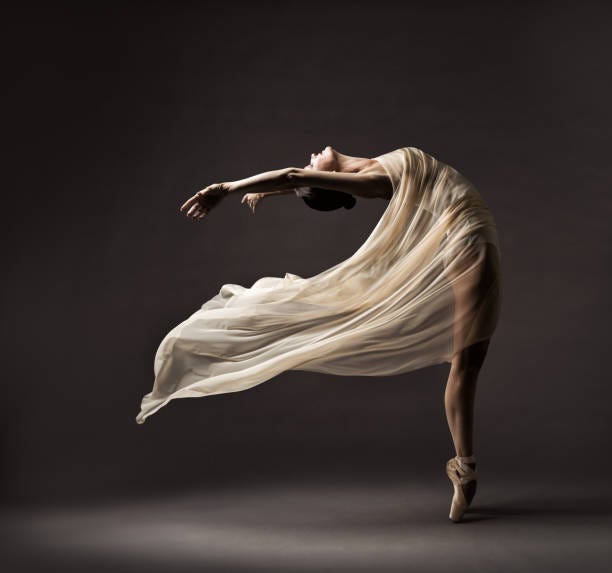dancers clothed in dance
Dear Lori and Tara,
I’m overjoyed to welcome an additional interlocutor to our epistolary conversation about this, as you well noted in your letter, Tara, brick of literature. Your voice is so smart and funny—a much needed counter, to my own writing at least.
The passage you cite represents the novel well in its “exact position in the inexactitude of space.” The items that continue that list are both chaotic and exactingly specific. I read a double genitive in Phil Bevis’s description of Young’s writing. Bevis could have written more simply “a lot of metaphors,” but not only does his phrase better convey some immense and unfathomable number, but (perhaps in giving tonnage the plural) also suggests the tonnages each individual metaphor possesses, intimating the immensities a single metaphor opens the sensitive reader to. What then when “immeasurable tonnages of metaphors” are not only present but pile up phrase after phrase, additional metaphors and meanings accumulating in the growing network of their contradistinctions, metaphors created in and by the gossamer between progenitor metaphors?
I’m glad you’ve found yourself moving in the current of it. I laughed at your line “Here is a writer who never met a comma she didn’t love.” I confess that, by taste and disposition, I’m drawn to a writer like Young who considers the “power which comes not from excluding but including without undue censorship the riches of their perceptions which make out of this world something very old and very new.” The variety among the repetitions keeps my mind going. Maybe that’s how Young succeeds where a lesser writer wouldn’t when returning to an image or word.
Here I’m also considering the self indulgence of large prolix novels. At the very least they claim advertising space on shelves. What are the differences between the novels of the some of the writers you mention and those of, say, Virginia Woolf?
I reread her To the Lighthouse recently, perhaps my favorite work of literature. I was struck by the way characters were able to see things both seen and unseen at once, not only in their mind’s eye but as if in front of them, things “veiled by memory, tinged by dreams.” Increasingly I’m suspicious of Miss MacIntosh, My Darling’s juxtaposition of the material and hallucinatory. How would we know the difference when told by characters who experience so much of the extrasensory world? This is compounded by the novel reporting itself to us as a work of fiction. What is water clothing when it clothes a waterfall? With Yeats we ask how we can know the dancer from the dance.
Prolixly,
Anthony




